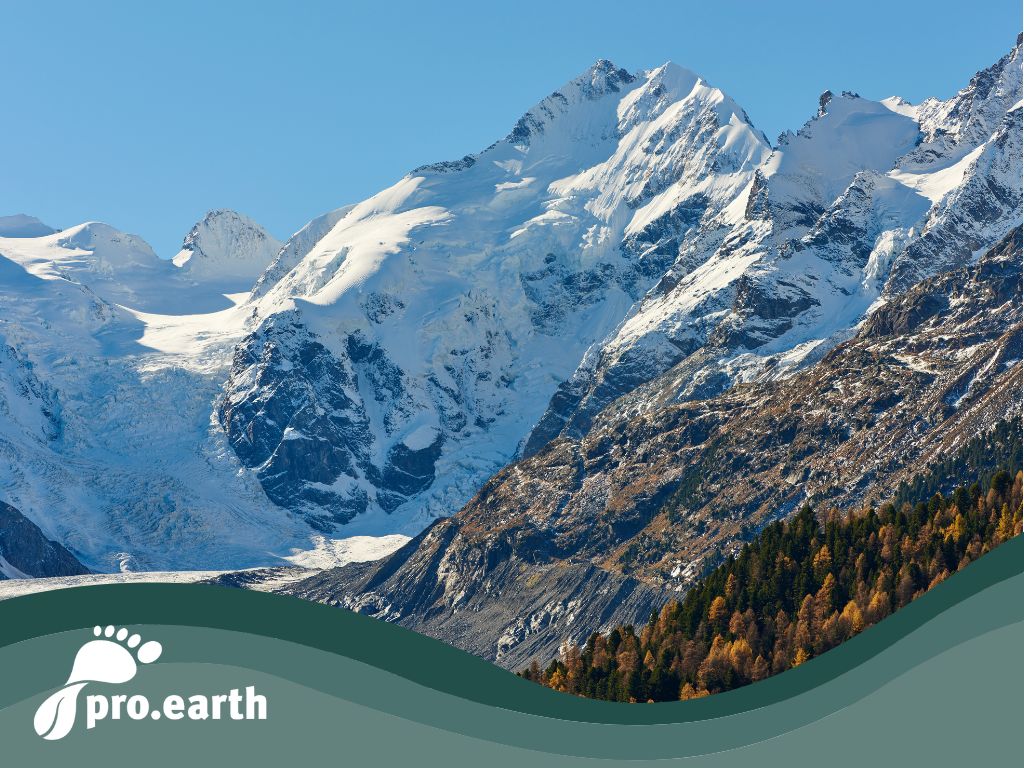The Morteratsch glacier is melting - despite a large-scale rescue operation

In February 2021, a rescue project with artificial snow was launched on the endangered glacier. In March of this year, after intensive observation, it became clear that this could slow down the melting, but not stop it.
"If we really want to save the glaciers, we'd better start with climate protection"
Matthias Huss, glaciologist at the Swiss Federal Institute of Technology in Zurich
He investigated the effect of the world's first glacier rescue project of this kind on the Morterarsch Glacier in the Bernina Group in the canton of Graubünden. The results of this research work have now been published in the March issue of the Swiss Water Management Association's specialist magazine.
It would have been too easy
"Mortalive", the name of the impressively simple-sounding project, would have been the perfect solution - but it's obviously not that simple.
Without action, the Morteratsch glacier would lose between 56 and 71 percent of its volume over the next 40 years, according to a study. With rescue snowmaking, a good third to a quarter of this loss could be halted by 2060.
The retreat of the glacier would therefore be delayed somewhat.
"In the long term, however, this is just a drop in the ocean," says Huss.
How was it supposed to work?
The (albeit artificial) layer of snow would have prevented the glacier from melting. Snow has a higher reflectivity than bare ice. The power of the sun's rays is therefore reflected back, which naturally results in a weakening of the heat development.
And now?
The costs for the project are very high: the investment would amount to around 150 million Swiss francs (approx. 153.8 million euros). Even if the snowmaking system were to run without electricity consumption, as originally planned, the expense would be enormous.
"In addition, there is the impact that such a construction project would have on the largely untouched nature in the high mountains of the Upper Engadine," said Huss.
The conclusion is therefore that both the not inconsiderable impact on the pristine high alpine environment and the considerable costs cannot make the "Mortalive" project an alternative to sensible and efficient climate protection.






